Dragon fruit, also known as pitaya, is an exotic, nutrient-rich fruit that’s not just visually stunning but also surprisingly easy to grow in containers. With its striking pink skin, speckled white or red flesh, and refreshing flavor, dragon fruit makes a fantastic addition to any urban or home garden. If you’re short on space or simply want to keep your garden portable, container growing is your solution.
In this comprehensive 1200-word guide, we’ll unlock the secrets to growing juicy, vibrant dragon fruits in pots or containers—perfect for balconies, patios, or any small outdoor space.
1. Why Grow Dragon Fruits in Containers?
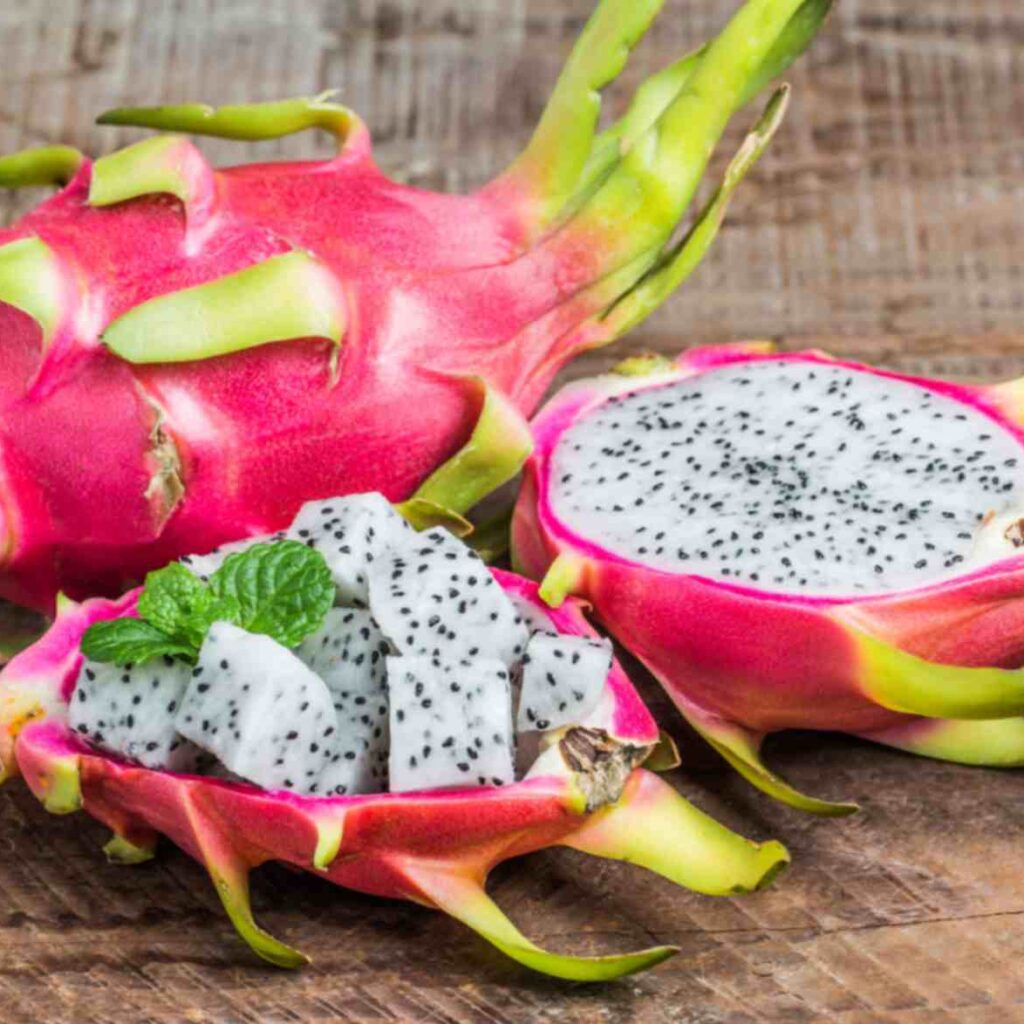
Growing dragon fruits in containers offers several unique advantages:
- Space-saving: Ideal for limited garden space or urban environments.
- Mobility: Easily move the plant to optimize sun exposure or protect it from harsh weather.
- Soil Control: Allows precise soil management for optimal drainage and nutrients.
- Pest and Disease Management: Reduces the risk of soil-borne diseases and pests.
With the right container, soil mix, and care, container-grown dragon fruits can be just as productive—if not more so—than ground-planted ones.
2. Choosing the Right Dragon Fruit Variety
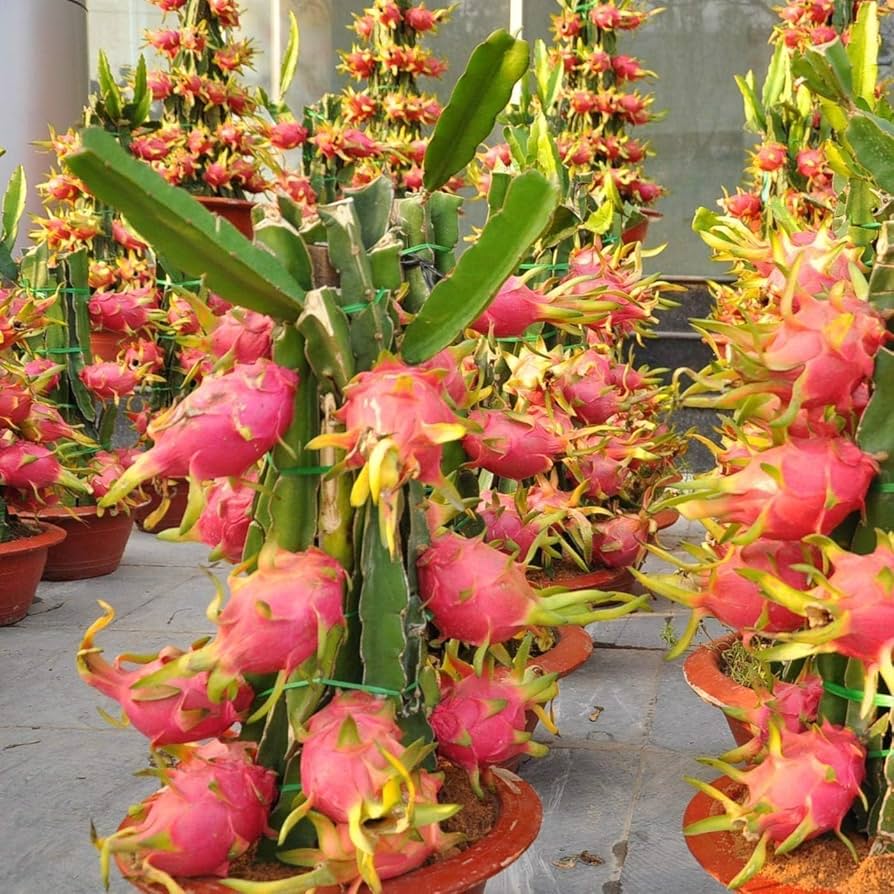
There are three main types of dragon fruit:
- Hylocereus undatus (White-fleshed): Most common, pink skin with white flesh.
- Hylocereus costaricensis (Red-fleshed): Deep red or purple flesh, sweeter flavor.
- Hylocereus megalanthus (Yellow dragon fruit): Yellow skin with white flesh, spiny exterior.
For container gardening, opt for a self-pollinating variety to ensure fruit production without the need for hand pollination or a second plant.
3. The Ideal Container: Size, Material & Drainage
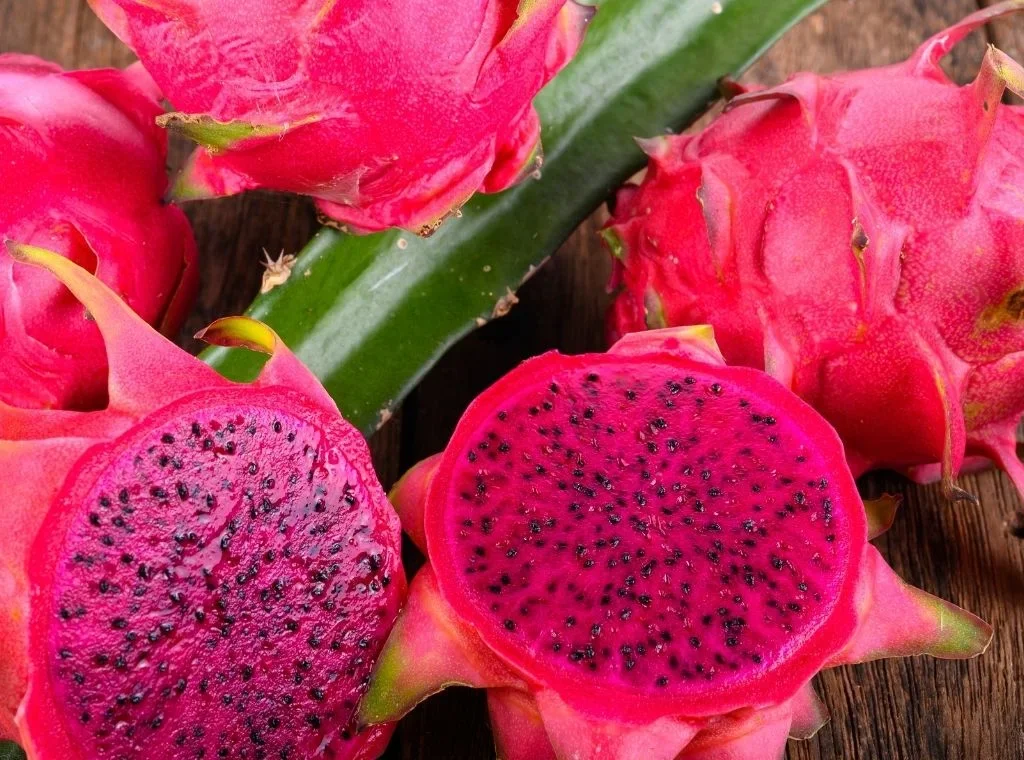
Dragon fruits are climbing cacti with shallow root systems but need room to grow and stabilize.
- Size: Use a container that’s at least 20–24 inches in diameter and 18 inches deep.
- Material: Plastic pots are lightweight, but clay or ceramic pots provide better breathability.
- Drainage: Essential. Choose containers with several holes at the bottom to avoid waterlogging.
Pro Tip: Place a layer of gravel or broken pottery at the bottom to enhance drainage.
4. Best Soil Mix for Juicy Dragon Fruits
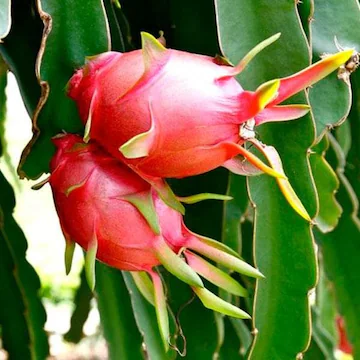
Dragon fruit plants need loose, well-draining, slightly acidic soil.
- Soil pH: Between 6.0 and 7.0
- Ideal Mix: Combine:
- 1 part cactus/succulent mix
- 1 part organic compost
- 1 part perlite or sand
This combination promotes aeration and moisture retention without becoming waterlogged.
5. Propagation: Growing from Cuttings vs. Seeds
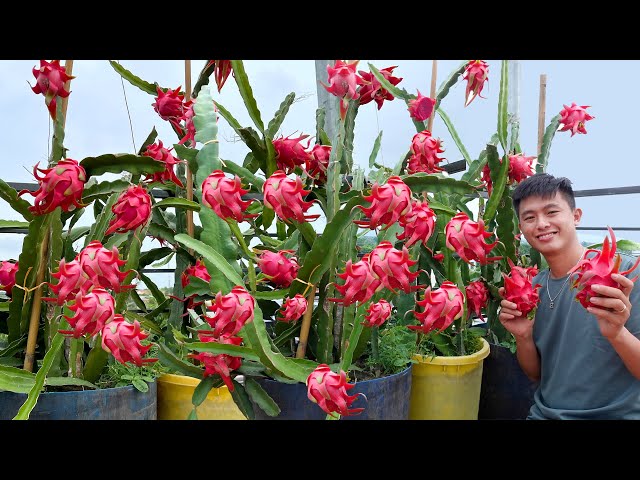
From Seeds:
- Takes longer (2-3 years to fruit).
- Start in seed trays, transplant after 4–6 weeks.
From Cuttings (Recommended):
- Faster growth and fruiting (within 1–2 years).
- Take a 12- to 18-inch segment from a healthy plant.
- Let it dry for 5–7 days to heal the cut end.
- Plant 2–3 inches deep in your container and water lightly.
6. Sunlight and Placement
Dragon fruit loves the sun. Here’s how to give it the light it craves:
- Sunlight Needs: At least 6–8 hours of direct sunlight daily.
- Ideal Placement: Place near a south-facing wall or sunny balcony.
- In extremely hot climates, provide partial shade during the hottest hours to prevent scorching.
7. Watering Schedule and Moisture Control
Although dragon fruit is a cactus, it’s a tropical cactus—so it still needs regular watering, especially in containers.
- Frequency: Water deeply once or twice per week depending on temperature.
- Let the top 2–3 inches of soil dry before watering again.
- Reduce watering during winter dormancy.
Avoid: Overwatering, as it leads to root rot.
8. Supporting Your Plant with a Trellis or Stake
Dragon fruit vines need support to grow upright and fruit well.
- Install a strong wooden or metal stake or trellis in the center of your pot.
- Tie the plant gently using soft plant ties as it climbs.
- Encourage umbrella-like branching at the top by pinching off the tips.
This method increases fruit-bearing points and improves airflow.
9. Fertilizing for Maximum Yield
Feeding is crucial for juicy, sweet fruits.
- Fertilize Monthly during growing season (spring to early autumn).
- Use a balanced fertilizer (10-10-10 or 6-6-6) or cactus-specific blend.
- Supplement with compost tea or fish emulsion for added micronutrients.
Tip: Switch to a phosphorus-rich fertilizer (like 5-10-10) before flowering to boost blooms and fruiting.
10. Pruning for Health and Productivity
Proper pruning helps control the size, encourage airflow, and increase fruit production.
- Remove:
- Dead or damaged stems.
- Overlapping branches to avoid crowding.
- After fruiting, cut back spent stems to redirect energy.
Prune annually at the start of spring.
11. Pollination and Flowering Tips
Dragon fruit plants typically flower in late spring or summer with large, fragrant night-blooming flowers.
- Self-pollinating varieties: No assistance needed.
- Non-self-pollinating varieties: Use a small brush to transfer pollen from one flower to another at night or early morning.
Flowers wilt by morning, so act quickly!
12. Harvesting: When and How to Pick
- Fruits are ready 30–50 days after flowering.
- Look for:
- Even skin color (bright pink or yellow).
- Slight softening when gently squeezed.
- No green at the tips.
Use pruners or scissors to cut the fruit cleanly from the stem.
13. Common Issues and Troubleshooting
- Yellowing leaves: Overwatering or nutrient deficiency.
- No flowers or fruit: Not enough sunlight or nutrients.
- Root rot: Poor drainage or excessive watering.
- Pests: Watch for aphids, mealybugs, and ants—use neem oil or insecticidal soap.
14. Winter Care and Seasonal Maintenance
- If temperatures drop below 10°C (50°F), move the container indoors or to a sheltered spot.
- Water sparingly during dormancy.
- Resume fertilization and regular watering in spring.
Final Thoughts
Growing dragon fruits in containers is not only achievable but incredibly rewarding. With the right setup and a little patience, you can enjoy juicy, sweet dragon fruits straight from your balcony or patio. Follow these secrets and best practices to turn your potted plant into a thriving tropical oasis bursting with color, flavor, and tropical charm.
So why wait? Start your container dragon fruit garden today and unlock a new level of homegrown deliciousness!

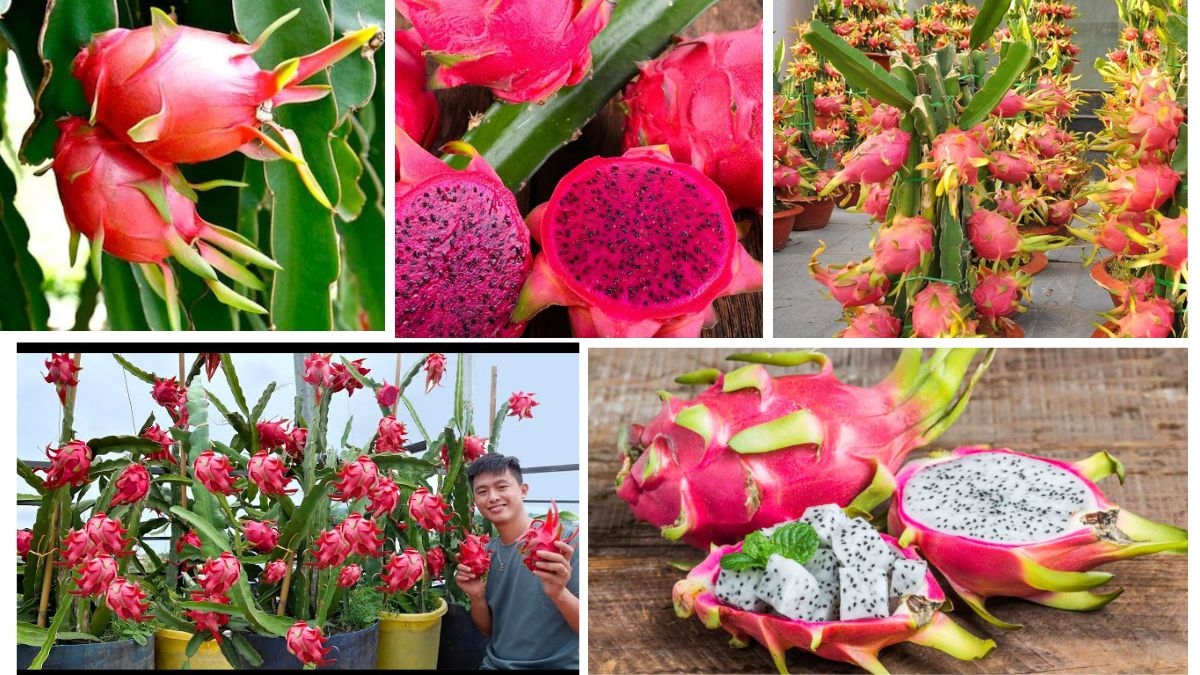



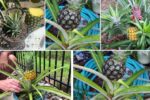

Leave A Comment